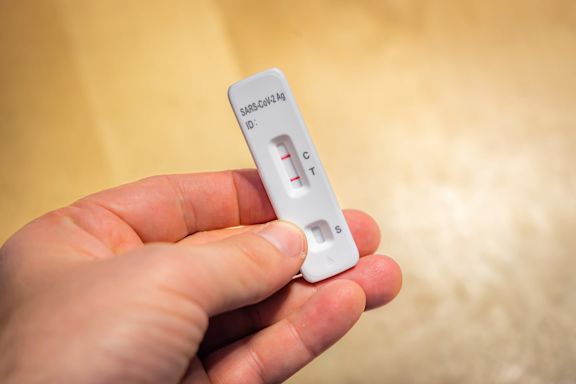Search results
The first human inhabitants of the Japanese archipelago have been traced to the Paleolithic, around 38–39,000 years ago. [ 1 ] The Jōmon period, named after its cord-marked pottery, was followed by the Yayoi period in the first millennium BC when new inventions were introduced from Asia.
Oct 25, 2017 · For centuries, the Japanese have identified their homeland from an external perspective, calling it Nihon, “the sun’s origin.” That is, they have thought of their homeland as east of China—the land of the rising sun. And they have called themselves Nihonjin. But the word Ainu signifies something very different. It means “human.”
Sep 21, 2021 · Previous research had identified two ancestor groups: hunter-gatherers who lived in Japan 15,000 years ago (and possibly much earlier) and farmers who migrated from East Asia starting around...
Mar 17, 2024 · The very first people to arrive in Japan came to the islands many thousands of years ago and began what is known today as the Jōmon Period.
- Greg Beyer
- EastIdahoNews.com
Scientists investigate mummies' 3,600-year-old cheese - East Idaho News
A decade after the dairy discovery on strikingly intact remains mummified by the Taklamakan Desert’s arid conditions, scientists have extracted and sequenced DNA from the 3,600-year-old cheese ...
60 minutes ago
- TODAY via Yahoo
New XEC COVID variant is on the rise. What are its symptoms, and what states is it in?
The new "XEC" COVID-19 variant spreading rapidly in Europe has arrived in the US. What are the symptoms, will it cause a fall surge, and are vaccines effective? Experts discuss
7 days ago
Sep 17, 2021 · Our analysis finds that the Jomon maintained a small effective population size of ~1000 over several millennia, with a deep divergence from continental populations dated to 20,000 to 15,000 years ago, a period that saw the insularization of Japan through rising sea levels.
- Niall P. Cooke, Valeria Mattiangeli, Lara M. Cassidy, Kenji Okazaki, Caroline A. Stokes, Shin Onbe, ...
- 2021
Mar 2, 2016 · The people that came to what would be known today as Japan first did so near the end of the last glacial period, or Ice Age, most likely while following animal herds over land bridges formed during the glacial period. When the climate warmed and the land bridges disappeared, the soon-to-be Jomon people found themselves on an island.
People also ask
When did Japanese people first come to Japan?
When was Japan first discovered?
Who were the ancestors of ancient Japan?
When did the Jomon people come to Japan?
Mar 28, 2008 · Summary. Japan's oldest extant chronicles, the Kojiki and the Nihon shoki, describe the trek of Kamu-yamato-ihare-biko no Mikoto from south Kyushu to the Yamato plain accompanied by hand-chosen clan ( uji) heads. He is referred to by later historians as the first emperor, posthumously called Jimmu.

